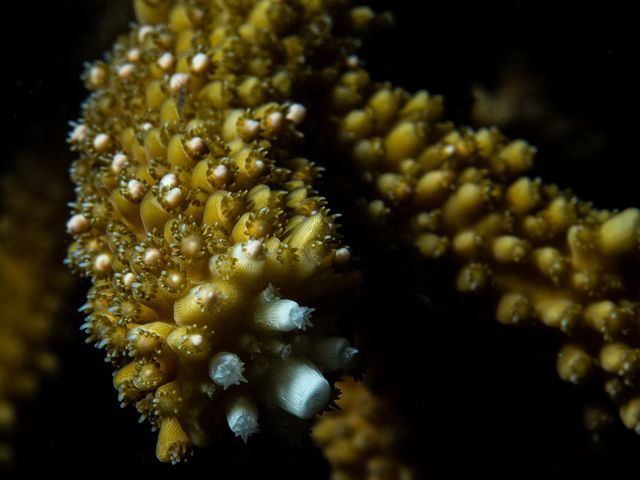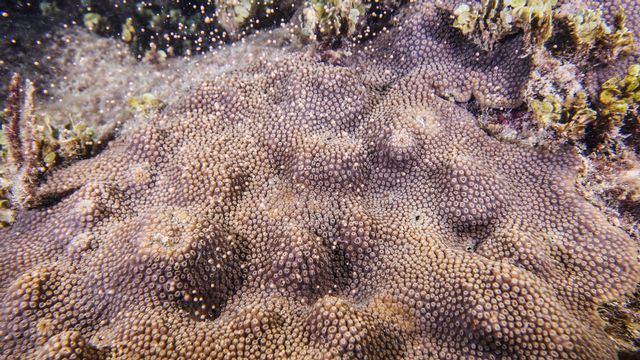Late Summer Coral Spawn Represents Circle of Life for Florida Keys Reefs
FLORIDA KEYS — The hard corals of the Florida Keys reefs have spent eons developing a simple system to perpetuate the species. It’s one of nature’s mysteries that works without human intervention or complete understanding.
The coral spawn is scientifically observed and documented each year along the continental United States’ only living coral barrier reef, which parallels the Keys. By nature’s design, a few days after the late summer full moon phases in August and September, a coral “love affair” results in the release of millions of eggs and sperm, called gametes.
Once they’re united, the newly formed larva or “planula” rises smoke-like through the water. This milky substance represents the future of coral life.
According to researchers, the synchronized “broadcast spawning” enables the immobile corals to spread gametes over a wide area in massive quantities to increase the probability of fertilization while overwhelming predators — the local reef fish population — who come out to feed.
The planula free-floats in surface currents and, after days or even months, settles to the bottom where it grows into a polyp. The polyp grows into a coral head by asexual budding that creates new polyps.
Different species are on different schedules and the exact hour of release is based on local time, but synchronous release is still the rule. August’s full moon, whether it occurs early or late in the month, seems to have the highest probability as the triggering event from which coral spawning predictions are made.
Scientists sleuthed this theory out by making repeated observations from year to year of the histology in the corals, recognizing there was some kind of lunar cycle in the spawning. Water temperature, tidal and 24-hour light cycles also are contributing environmental cues.
“Sexual reproduction is the only way that corals create new genetic individuals,” said Amelia Moura, science program manager at the Key Largo–based Coral Restoration Foundation. “Genetic diversity is an essential component of resilient ecosystems, as it allows them to adapt to changing conditions.”
Keys-based organizations such as the Coral Restoration Foundation and Mote Marine Laboratory & Aquarium on Summerland Key have established huge coral tree nurseries along the Keys’ reef tract that represent a unique ecosystem where hundreds of genotypes — or genetically unique individuals — of corals can spawn every year in proximity to one another.
These corals seed surrounding reefs and, at these offshore “living laboratories,” researchers are also able to collect gametes, fertilize eggs and raise coral babies in the nursery, eventually helping to further enhance genetic diversity in wild coral populations.
Typically, branching corals in the Florida Keys such as finger, staghorn and elkhorn corals spawn three to five days after the full moon about two hours after sunset. Boulder corals such as brain and star corals traditionally spawn six to eight days after the August full moon about three hours after sunset.

Image: Coral Restoration Foundation




